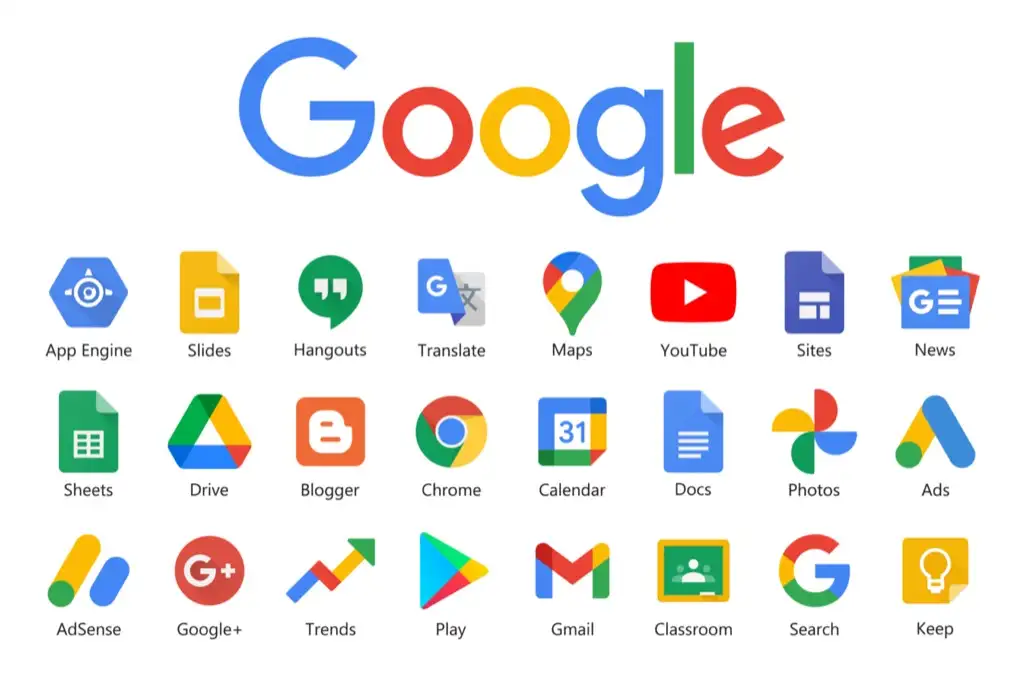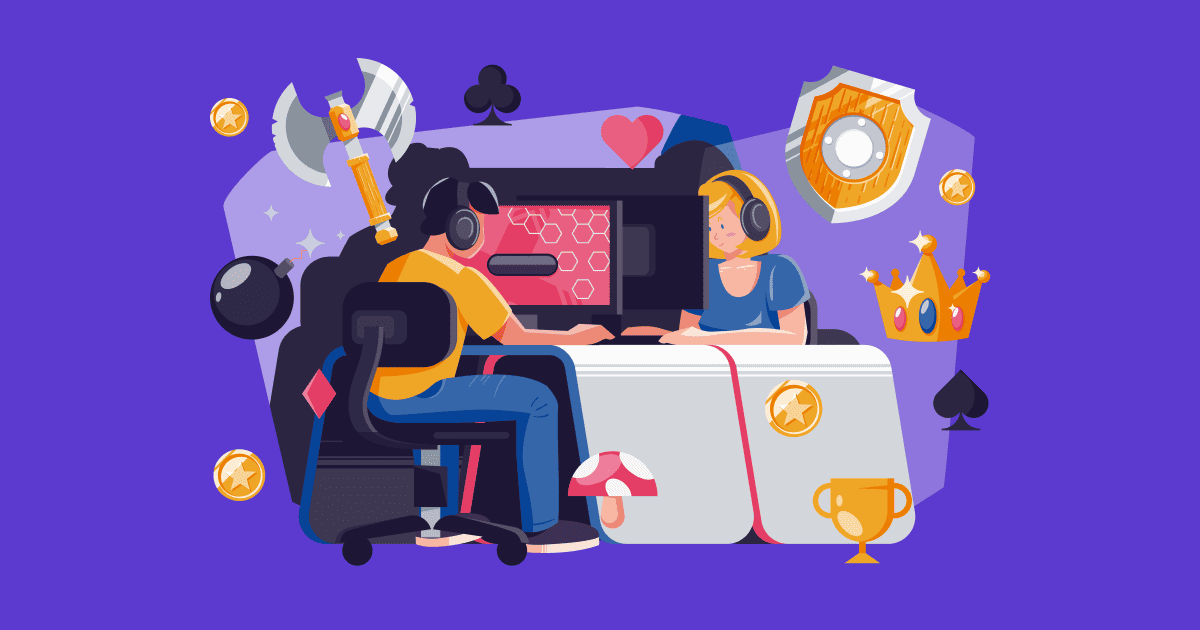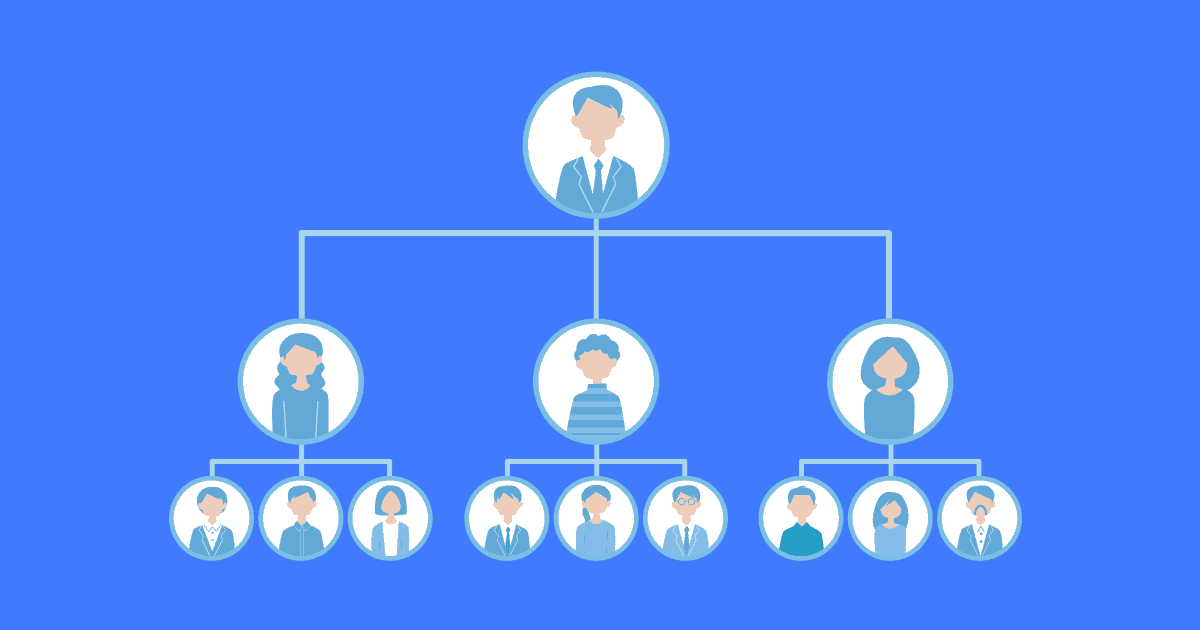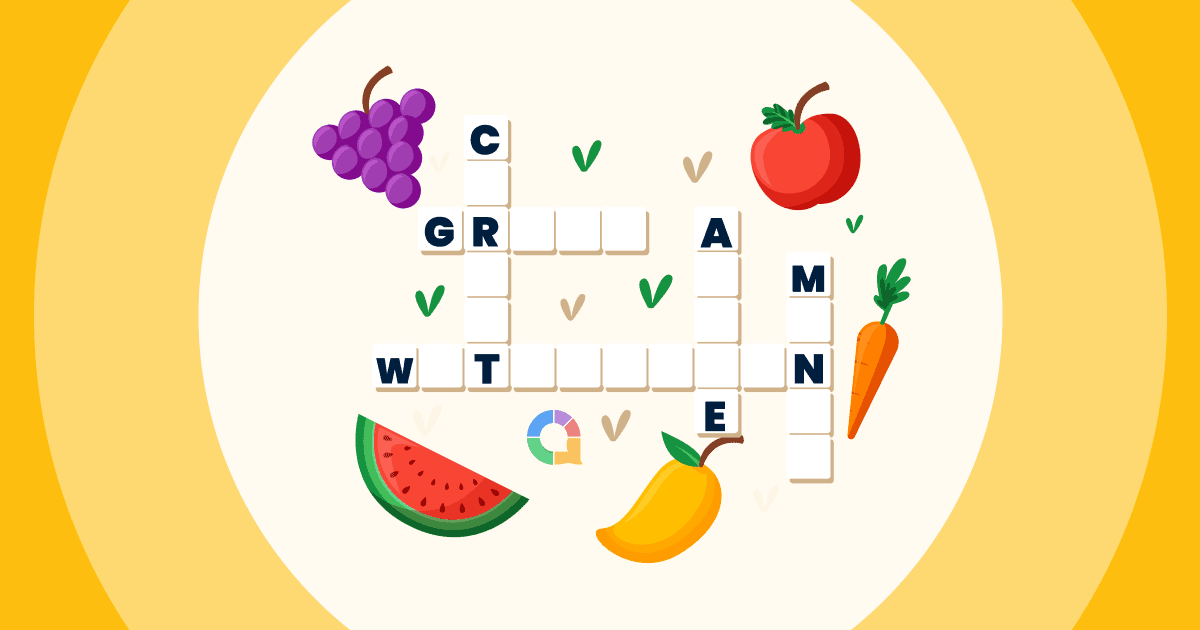هل تتذكر المدرسة؟ إنه المكان الذي تتجمع فيه صفوف من الطلاب المرهقين أمام السبورة، ويخبرهم المعلم أن عليهم الاهتمام بها. ترويض النمرة.
حسنًا، ليس كل الطلاب من مُحبي شكسبير. في الحقيقة، وبكل صراحة، أغلب طلابك ليسوا من مُحبي معظم ما تُدرّسه.
على الرغم من أنه يمكنك زيادة المشاركة في الفصول الدراسية الخاصة بك ، لا يمكنك فرض الفائدة.
الحقيقة المحزنة هي أنه في بيئتهم التعليمية الحالية ، لن يجد العديد من طلابك شغفهم أبدًا في أي منهج مدرسي.
ولكن ماذا لو كنت تستطيع تعليمهم ماذا هم تريد أن تتعلم؟
ماذا لو تمكنت من اكتشاف تلك المشاعر ومساعدة الطلاب على تطوير المهارات التي يحتاجونها للتفوق فيها؟
هذه هي الفكرة وراء التعلم الفردي.
- ما هو التعلم الفردي؟
- كيف يبدو الأمر في الفصل الدراسي؟
- 4 خطوات نحو التعلم الفردي
- إيجابيات وسلبيات
- إبداء الأن
ما هو التعلم الفردي؟

كما يوحي الاسم، فإن التعلم الفردي (أو "التعليم الفردي") يدور حول فرد.
لا يتعلق الأمر بفصلك أو مجموعات الطلاب أو حتى بك - بل يتعلق الأمر بأخذ كل طالب كشخص واحد، بدلاً من أن يكون جزءًا من مجموعة، والتأكد من أنهم يتعلمون بالطريقة التي يريدون التعلم بها.
التعلم الفردي هو طريقة تدريس مبتكرة حيث يتقدم كل طالب من خلال منهج تم تصميمه خصيصًا لهم. طوال الدرس ، يجلسون مع زملائهم في الفصل ، لكنهم يعملون في الغالب بمفردهم لإكمال مجموعة المهام الخاصة بهم لهذا اليوم.
في كل درس، مع تقدم الطلاب من خلال تلك المهام المختلفة ومنهجهم الشخصي في كل درس، لا يقوم المعلم بالتدريس، بل يقدم إرشادات شخصية لكل طالب عندما يحتاج إليها.
كيف يبدو التعلم الفردي في الفصل الدراسي؟
إذا لم تشاهد التعلم الفردي في العمل بعد، فربما تعتقد أنه فوضى مطلقة.
ربما تتخيل المعلمين يركضون في الفصل الدراسي محاولين مساعدة 30 طالبًا في 30 موضوعًا مختلفًا، والطلاب يلعبون بينما المعلمون مشغولون بأيديهم.
لكن الحقيقة هي أن التعلم الفردي يبدو غالبًا مختلف.لا يوجد تنسيق محدد.
خذ هذا المثال من مدرسة Quitman Street في الولايات المتحدة ، يبدو أن أسلوبهم في التعلم الفردي يشبه فصلًا دراسيًا من الطلاب الذين يعملون فيه المهام الفردية على أجهزة الكمبيوتر المحمولة.

بينما على الجانب الآخر من العالم ، تسمح كلية تمبلستو في أستراليا للطلاب إنشاء الدورات الخاصة بهم.
نتج عن ذلك أن يتفوق صبي من الصف السابع في الفيزياء في الصف الثاني عشر ، وتولى العديد من الطلاب إدارة المزرعة ، ونادي قهوة يديره الطلاب وطالب واحد يصنع ملف تسلا في عنوان ذاتي. دراسات المهوس الصف. (تحقق من مدير المدرسة TedTalk الرائع في البرنامج بأكمله).
لذا، طالما أنك تركز على فرد، أن الفرد يستفيد من التعلم الفردي.
4 خطوات لفصل التعلم الفردي
نظرًا لأن كل برنامج من برامج التعلم الفردي يبدو مختلفًا، فلا يوجد صورة واحدة؟ طريقة لتنفيذه في الفصل الدراسي الخاص بك.
الخطوات هنا هي نصائح عامة حول كيفية التخطيط لخبرات تعلم فردية متعددة (والتي تمثل 80٪ من العمل في هذه الطريقة) وكيفية إدارتها بالكامل في الفصل الدراسي.
#1 - إنشاء ملف تعريف المتعلم
يشكل ملف المتعلم الأساس للمنهج الدراسي المخصص للطالب.
إنه في الأساس عبارة عن مجموعة من آمال وأحلام الطلاب، بالإضافة إلى أشياء أكثر واقعية مثل...
- هوايات و اهتمامات
- نقاط القوة والضعف
- طريقة التعلم المفضلة
- المعرفة المسبقة بالموضوع
- حاصرات تعلمهم
- السرعة التي يمكنهم بها استيعاب المعلومات الجديدة والاحتفاظ بها.
يمكنك الحصول على هذا من خلال ملف محادثة مباشرة مع الطالب أ مسح أو تجربه بالعربي. إذا كنت ترغب في تشجيع المزيد من المرح والإبداع ، يمكنك أيضًا حث طلابك على إنشاء أعمالهم الخاصة العروض، أو حتى الخاصة بهم فيلم لمشاركة هذه المعلومات للفصل بأكمله.
#2 – حدد أهدافك الفردية
بمجرد حصولك على هذه المعلومات، يمكنك أنت وطالبك العمل على تحديد أهدافكم.
وسوف تقومان بالتحقق بانتظام من تقدم الطلاب نحو هذه الأهداف طوال الدورة، حيث يقرر الطالب في النهاية كيفية التحقق من هذا التقدم.
هناك عدد قليل من الأطر المختلفة التي يمكنك اقتراحها على طلابك لمساعدتهم على تحديد أهدافهم:
تأكد من الاستمرار في التقييم بانتظام وكن منفتحًا مع الطالب بشأن تقدمه نحو هدفه النهائي.
#3 – إنشاء أنشطة ذاتية التشغيل لكل درس
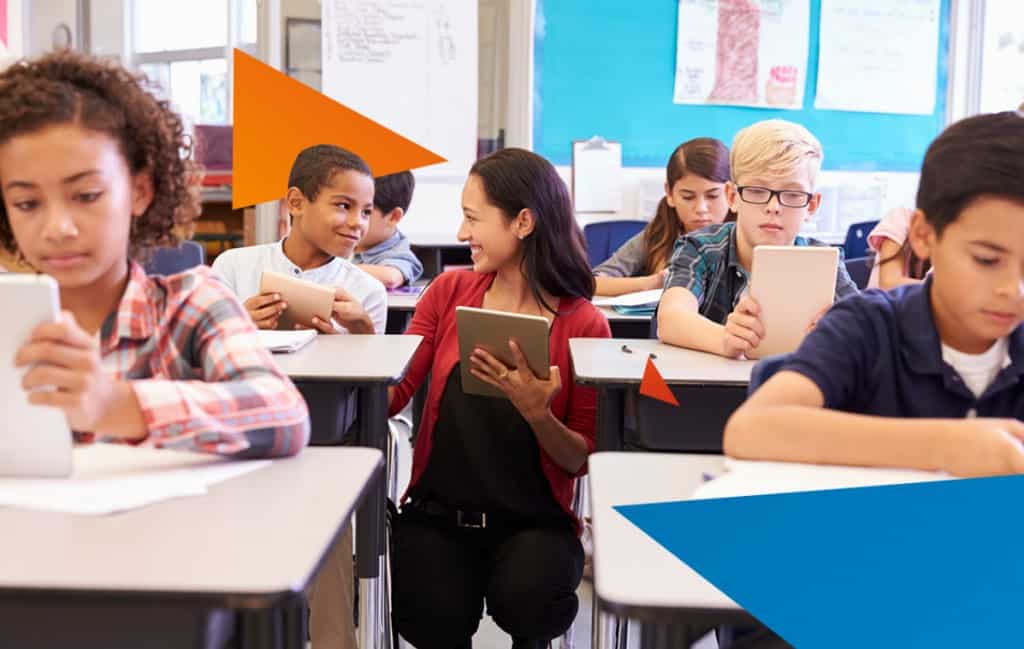
عندما تخطط لدروس تعليمية فردية، فإنك في الواقع تخطط لعدة دروس سيكون من السهل على كل طالب إدارتها بمفرده إلى حد كبير.
هذا هو الجزء الأكثر استهلاكا للجهد في طريقة التعلم الفردية، وهو شيء يجب عليك تكراره في كل درس.
فيما يلي بعض النصائح لتوفير الوقت:
- ابحث عن الأنشطة التي يمكن لعدد قليل من الطلاب في فصلك القيام بها في نفس الوقتتذكر أن ليس كل خطة تعليمية فردية ستكون فريدة بنسبة 100%؛ سيكون هناك دائمًا بعض التداخل في كيفية وماذا نتعلم بين العديد من الطلاب.
- إنشاء قوائم التشغيل أنشطة تناسب احتياجات تعليمية محددة. يُمنح كل نشاط في قائمة التشغيل عددًا من النقاط عند إتمامه؛ وتقع على عاتق الطالب مهمة إكمال قائمة التشغيل المخصصة له وكسب مجموع نقاط محدد قبل نهاية الدرس. يمكنك بعد ذلك إعادة استخدام قوائم التشغيل هذه وترتيبها لصفوف أخرى.
- يمكنك البدء بالتركيز على نشاط تعليمي فردي واحد لكل طالب في كل درس ، وقضاء بقية الدرس في التدريس بطريقتك التقليدية. بهذه الطريقة يمكنك اختبار كيفية تفاعل الطلاب مع التعلم الفردي بأقل جهد تبذل من جانبك.
- أنهي بـ نشاط جماعي، مثل أ مسابقة الفريقيساعد هذا على جمع الفصل بأكمله معًا مرة أخرى للاستمتاع ببعض المرح المشترك والتقييم السريع لما تعلموه للتو.
#4 – التحقق من التقدم
في المراحل المبكرة من رحلتك التعليمية الفردية، يجب عليك التحقق من تقدم طلابك بشكل متكرر قدر الإمكان.
تريد التأكد من أن دروسك تسير في المسار الصحيح وأن الطلاب يجدون قيمة فعلية في الطريقة الجديدة.
تذكر أن جزءًا من هذه الطريقة هو السماح للطلاب باختيار طريقة تقييمهم ، والتي يمكن أن تكون اختبارًا كتابيًا ، أو عملًا دراسيًا ، أو مراجعة الأقران ، أو اختبارًا أو حتى أداءً من نوع ما.
حدد نظامًا للتقييم مسبقًا ليعرف الطلاب كيفية تقييمهم. بعد الانتهاء، أخبرهم بمدى قربهم أو بعدهم عن الهدف الذي حددوه.
إيجابيات وسلبيات التعلم الفردي
الايجابيات
زيادة المشاركة. بطبيعة الحال، يُعدّ تعليم الطلاب في ظروف مثالية شخصيًا طريقةً رائعةً لضمان استفادتهم القصوى من تعلمهم. فهم لا يضطرون إلى التنازل؛ إذ يمكنهم تعلم ما يريدون بالطريقة التي يريدونها وبالسرعة التي يريدونها.
حرية الملكية. إن إشراك الطلاب في مناهجهم الدراسية يمنحهم إحساسًا هائلاً بملكية تعلمهم. هذه الحرية في التحكم في تعليمهم وتوجيهه على الطريق الصحيح هي محفز بشكل أساسي للطلاب.
المرونة. لا يوجد صورة واحدة؟ الطريقة التي يجب أن يكون عليها التعلم الفردي. إذا لم تكن لديك القدرة على وضع وتنفيذ مناهج فردية لفصلك بأكمله، يمكنك ببساطة تنظيم بعض الأنشطة التي تركز على الطالب. قد تُفاجأ بمدى انخراطهم في المهمة.
زيادة الاستقلال. يعد التحليل الذاتي مهارة صعبة التدريس ، لكن الفصل الدراسي الفردي يبني هذه المهارة بمرور الوقت. في النهاية ، سيتمكن طلابك من إدارة أنفسهم وتحليل أنفسهم وتحديد أفضل طريقة للتعلم بشكل أسرع.
سلبيات
هناك دائمًا حد لما يمكن تخصيصه. بالتأكيد، يمكنك تخصيص عملية التعلم قدر الإمكان، ولكن إذا كنتَ مُعلّم رياضيات ولديك امتحان رياضيات وطني موحد في نهاية العام، فعليكَ تدريس المواد التي ستساعدهم على النجاح. وماذا لو لم يُحبّ بعض الطلاب الرياضيات؟ قد يُساعد التخصيص، لكنه لن يُغيّر طبيعة مادة يجدها بعض الطلاب مملة بطبيعتها.
يأكل بعيدا في وقتك. لديك بالفعل القليل من وقت الفراغ للاستمتاع بحياتك ، ولكن إذا اشتركت في التعلم الفردي ، فقد تضطر إلى قضاء جزء كبير من وقت الفراغ هذا في إنشاء دروس يومية فردية لكل طالب. على الرغم من أن النتيجة هي أنه بينما يتقدم الطلاب من خلال التعلم الخاص بهم ، قد يكون لديك المزيد من الوقت أثناء الدروس للتخطيط للدروس المستقبلية.
يمكن أن يكون وحيدا للطلاب. في فصل دراسي تعليمي فردي ، يتقدم الطلاب في الغالب من خلال مناهجهم الخاصة بأنفسهم ، ولا يكون لديهم سوى القليل من الاتصال مع المعلم وحتى مع زملائهم في الفصل ، حيث يقوم كل منهم بعمله الخاص. قد يكون هذا مملًا جدًا ويعزز الشعور بالوحدة في التعلم ، مما قد يكون كارثيًا بالنسبة للتحفيز.
ابدأ بالتعلم الفردي
هل أنت مهتم بإعطاء تعليمات فردية لقطة؟
تذكر أنه ليس عليك التعمق في النموذج من البداية. يمكنك دائمًا اختباره مع طلابك خلال درس واحد فقط.
إليك كيفية القيام بذلك:
- قبل الدرس، أرسل استبيانًا سريعًا لجميع الطلاب لإدراج هدف واحد (لا يلزم أن يكون محددًا للغاية) وطريقة مفضلة للتعلم.
- قم بإنشاء عدد قليل من قوائم التشغيل للأنشطة التي يجب أن يكون الطلاب قادرين على القيام بها بأنفسهم إلى حد كبير.
- قم بتعيين قوائم التشغيل هذه لكل طالب في الفصل بناءً على طريقة التعلم المفضلة لديهم.
- استضف اختبارًا سريعًا أو نوعًا آخر من المهام في نهاية الفصل الدراسي لترى كيف كان أداء الجميع.
- اطلب من الطلاب ملء استبيان سريع حول تجربة التعلم الفردية المصغرة الخاصة بهم!
💡 ولا تنسى الاطلاع على المزيد طرق التدريس المبتكرة هنا!
